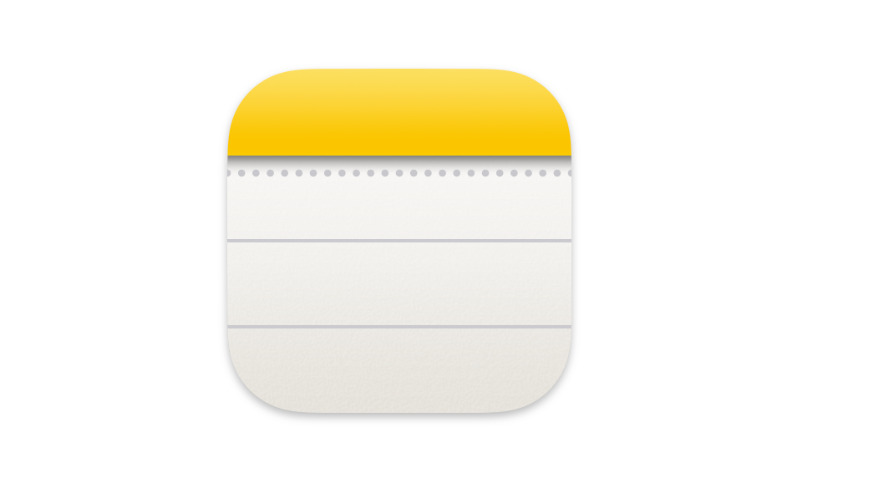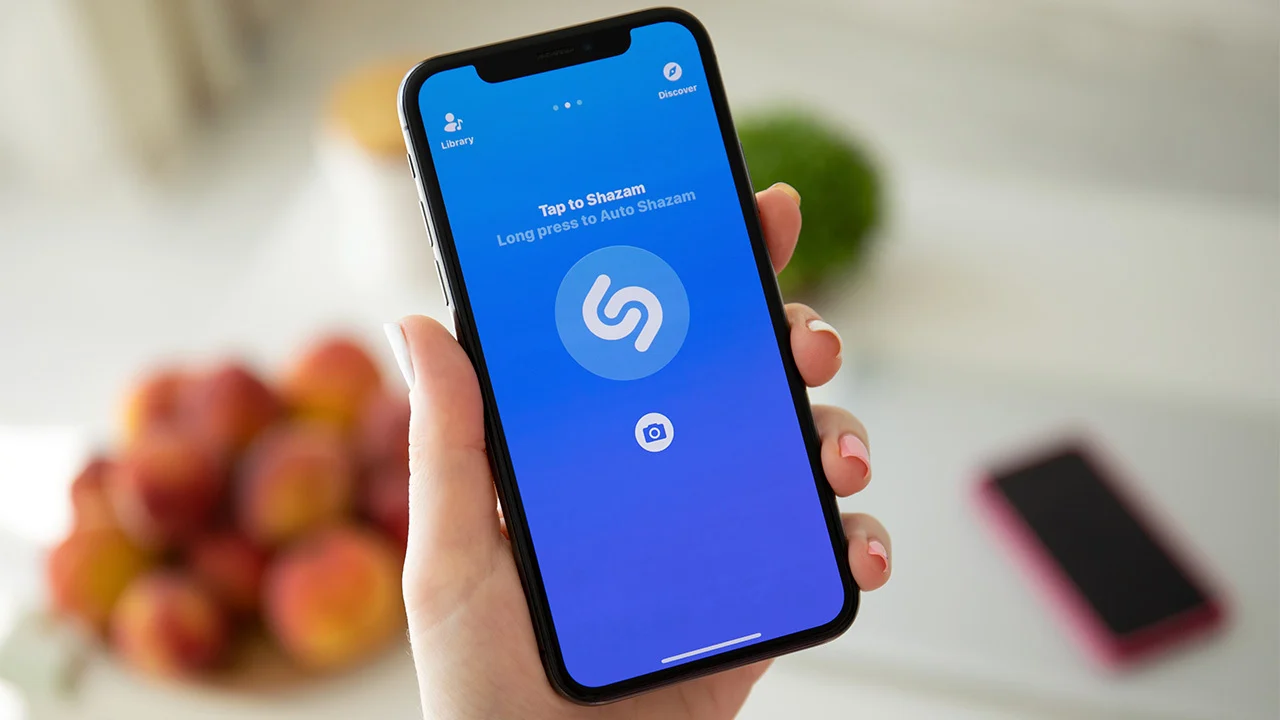Whether you use Apple Notes a lot or just now and then, you might not have noticed a cool new tool that came with iOS 18. It’s all about making note-taking super simple. With the ability to record audio, plus get transcripts and short summaries, Apple Notes has become a go-to for saving thoughts on your iPhone, iPad, or other devices.
Audio Recordings and Transcripts Do the Hard Work for You
Apple Notes has come a long way from its early days.
- Back then, it was just a basic app for typing simple stuff. But with regular updates, it’s turned into a handy, feature-filled tool.
- One new thing in iOS 18 stands out, even though Apple doesn’t make a big fuss about it.
- When you’re in a note, tap the attachment button on the toolbar, and you’ll spot a ‘Record Audio’ option.
- This lets you easily record things like a work meeting, a school lecture, or even your voice memos.
- Once you’re done, the recording sits right in the note alongside your text, pictures, or doodles.
- What makes this feature extra awesome is the transcription part.
- With iOS 18, Apple Notes can turn your recording into written words—sometimes even as you’re still recording.
- And it gets better! If your device works with AI, you’ll also get a quick summary of what was said, thanks to Apple Intelligence.
In short, Apple Notes now handles everything for you:
- It records the audio from your meeting or class.
- It gives you a transcript to check later.
- It sums up the key points in a snap.
No more scrambling to type every word during a busy session. This little trick takes the stress out of note-taking and keeps everything neat and easy to find.








